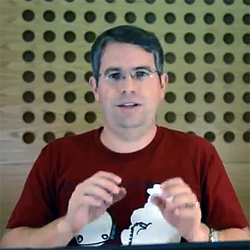
Matt Cutts talks about PageRank dissipation.
Inbound links are important, particularly from high ranking web sites. It’s how Google ranks links in the first place, by assigning a factor to each incoming link.
So what happens when there is a need to do a 301 redirect?
Those redirects are pointers to a permanent new location (URL) for links that have been moved.
According to Google’s own FAQ, 301 redirects are useful when:
- You’ve moved your site to a new domain, and you want to make the transition as seamless as possible.
- People access your site through several different URLs. If, for example, your home page can be reached in multiple ways – for instance, http://example.com/home, http://home.example.com, or http://www.example.com – it’s a good idea to pick one of those URLs as your preferred (canonical) destination, and use 301 redirects to send traffic from the other URLs to your preferred URL. You can also use Webmaster Tools to set your preferred domain.
- You’re merging two websites and want to make sure that links to outdated URLs are redirected to the correct pages.
That being said, should one change the links or use 301 redirecting, and how much does this affect one’s PageRank?
Matt Cutts, the chief Google alchemist, created a short video to explain what happens and which method is preferable.
To save you 2 minutes and 25 seconds of Matt’s geek rambling, the choice is yours and there is little difference in “PageRank dissipation.”
Jeez. Much ado about nothing (?) 😀













